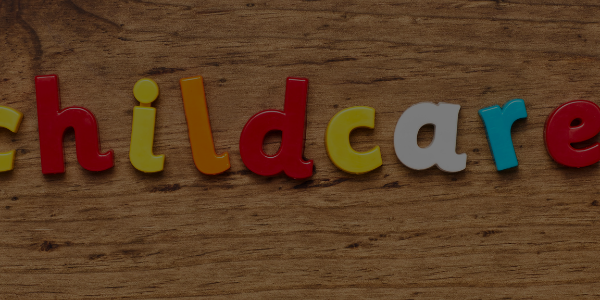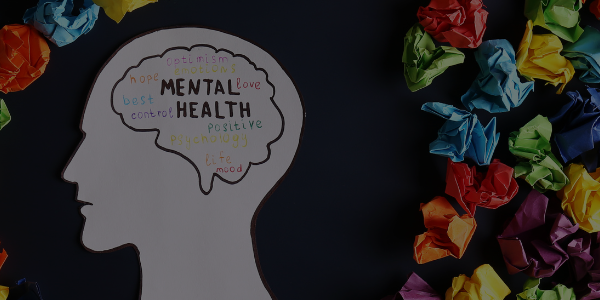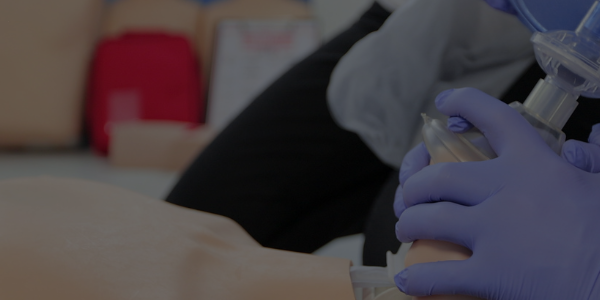What is Bruises?
Nearly everyone has had a bruise at some point in life. While most bruises are harmless, they can be painful and cause swelling and discomfort. Bruises are also known as contusions, which are caused by bumps or falls. They are the result of small blood vessels under the skin tearing or bursting, allowing blood to seep into the surrounding tissue.
Bruises can vary in colour from black and blue to green, brown and yellow before finally fading away.
What causes it?
Bruises are caused when small blood vessels under your skin tear or rupture, most often from a bump or fall. You may notice that they come in many different colours (red, purple, blue) and that they tend to change colour over time. This is because the blood from the torn blood vessels eventually spreads out and your body works to break it down into other substances.
Although most bruises are harmless, there may be times when you should see your doctor about them. If you have unexplained bruises anywhere on your body, it could be a sign of a serious medical condition or a side effect of certain medications. It’s also important to see your doctor if you have frequent or severe bruising that doesn’t go away or if you’re not sure how you got the bruise.
Dealing with bruises is not a fun time. They can appear in the least convenient places and can be so painful too. The good news? We’ve got the lowdown on bruises and how to treat them.
What to do about Bruising:
- Apply ice as soon as possible after bruising
- Rest the bruised area
- Compress the area with an elastic bandage
- Elevate the area above your heart
In most cases, bruises are harmless and will go away on their own in several days or weeks. Bruising more easily than normal, however, can be a sign of a more serious underlying condition that requires medical attention
Please note that regular First Aid and CPR Training is the best way to make sure that you’re prepare in the case of an emergency. Book a course with us!
Find this article useful? Read more of our blogs here!





